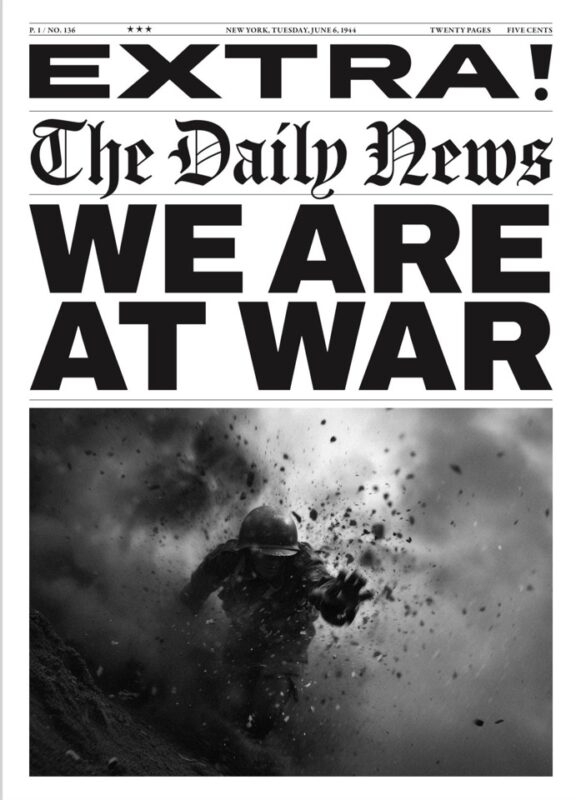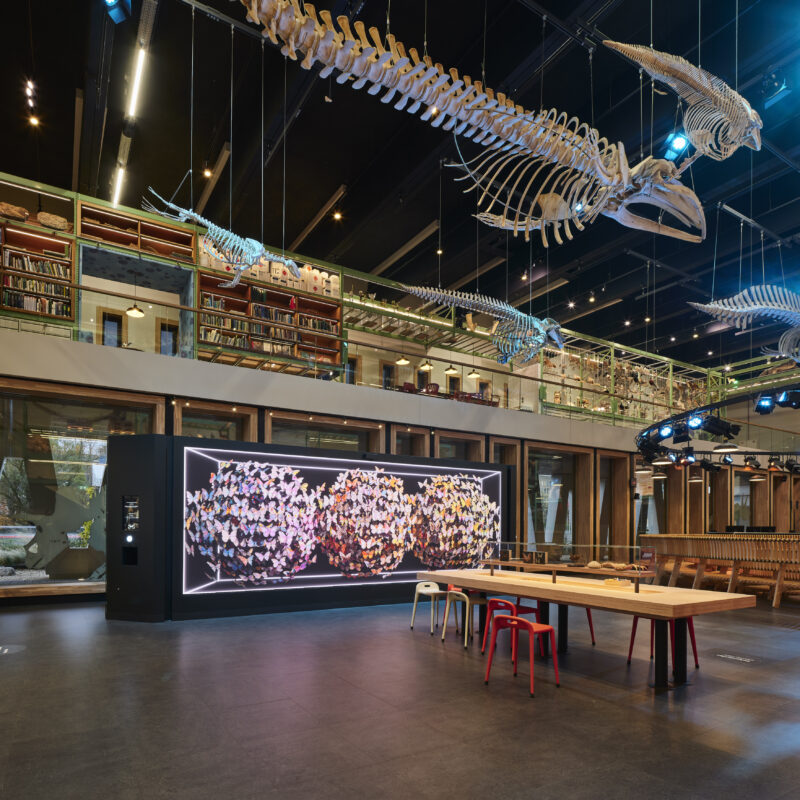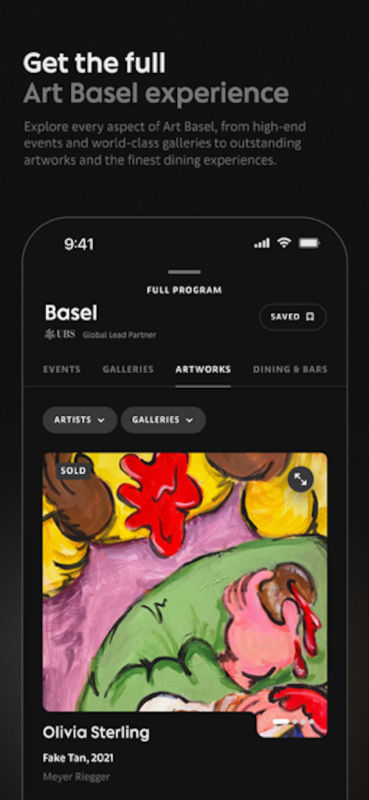
Have you ever seen a photorealistic portrait that wasn’t actually a photograph? Or a swirling landscape that seems to exist in a dream world? These could very well be creations from the cutting edge of art: AI art.
AI art refers to artwork created with the help of artificial intelligence. It comes in many forms, from entirely AI-generated pieces to tools that assist human artists. This new wave of artistic expression is shaking things up in the contemporary art world, introducing exciting possibilities and challenging traditional ideas about what art is and who can create it.
In essence, AI art is democratizing creativity. Recently, in the 2024 Met Gala, Rihana did not attend the event physically. However, pictures created using AI took the internet by storm.
It showed that creating captivating designs no longer requires years of mastering brushstrokes and color theory. With a dash of creative vision and a sprinkle of tech skills, anyone can become an artist in the age of AI.
So buckle up as we enter this exciting world and explore how it’s transforming the way we see and create.
The Rise of AI in Art
The relationship between art and technology goes back a long way. Early seeds of AI art were sown in the 1960s with the rise of cybernetic art movements. These movements explored the intersection of technology and human creativity, often using computers and algorithms to generate art.
Fast forward to today, and Artificial Intelligence in this field has blossomed. All thanks to advancements in deep learning algorithms. These complex programs can analyze vast amounts of data, including existing artwork, to create entirely new pieces. Some of the primary technologies behind it include:
Machine learning: This is the foundation of AI art. It allows algorithms to learn from data and improve their ability to generate creative outputs.
Neural networks: Inspired by the human brain, these networks process information in a similar way. It enables them to recognize patterns and create art that mimics different styles.
Generative Adversarial Networks (GANs): These are two competing neural networks, one creating images and the other trying to distinguish them from real photos. This competition pushes both networks to improve, resulting in incredibly realistic AI-generated art.
Moreover, tools like Dall-E and Midjourney are just a few examples of user-friendly platforms that allow anyone to experiment with image creation. In these tools, you simply provide a text prompt describing the image you have in mind, and artificial intelligence does the rest, generating unique and stunning visuals.
This accessibility is making AI design a powerful tool not just for established artists but also for budding creators and anyone with a curious mind.
The Impact on the Art World
The emergence of artificial intelligence in design has sent ripples through the art world, raising questions about its place in the contemporary scene. Here are some of the ways artificial intelligence is impacting the design world:
A New Art Form?
Could this become a recognized form alongside traditional mediums like painting and sculpture? This is a question sparking debate among artists and art critics. Some argue that AI-generated pieces lack the emotional depth and human touch found in traditional art.
It challenges established ideas about artistic value, originality, and the artist’s role. Traditionally, the value of art was often tied to the artist’s skill and reputation. With AI, the authorship becomes less clear-cut. Does the credit go to the programmer who created the AI or the person who provided the creative prompt?
This blurring of lines also forces us to re-evaluate what constitutes originality in art. Can AI-generated art, even if it uses existing data sets, be truly original? These questions are sparking lively discussions and pushing the boundaries of what we consider art.
The Market
The market is also feeling the impact of digital art, and it’s not just about artists creating new works. Collectors and galleries are finding exciting new opportunities in this evolving space.
Artists are using AI tools to create unique and beautiful wood wall art or acrylic pieces that are finding a place in homes and offices. Online platforms are emerging where people with creative visions and tech skills can sell their AI-generated artwork, creating new avenues for income and recognition for these artists.
For collectors, this offers a chance to acquire conversation-starting pieces that represent the cutting edge of artistic expression. These works can potentially be appreciated and valued as digital paintings continue to gain recognition and legitimacy within the art world.
Galleries are also adapting, showcasing AI-generated painting alongside traditional mediums and even hosting exhibitions specifically dedicated to exploring AI’s artistic potential. This allows them to cater to a new generation of art enthusiasts interested in this innovative form while also attracting established collectors seeking unique investment opportunities.
The Creative Canvas of AI
It offers multiple possibilities for artists by opening doors to new and exciting forms of creative expression. Following are a few ways in which AI is reshaping the artistic landscape:
Generative Art: Imagine Your Dreams Brought to Life
This type of digital painting lets the machine take the lead in creating entirely new artworks. You simply provide the tools with a text prompt describing your vision, like a “dreamlike underwater city.” It then uses its knowledge and algorithms to generate a fantastical landscape unlike anything you’ve ever seen before. It’s like having your personal dream weaver, translating your wildest ideas into stunning visuals.
Algorithmic Art: The Beauty of Math
This type takes a more mathematical approach. Complex formulas and processes guide the creation of art, and the results can be truly mesmerizing. These could be geometric patterns that seem to dance before your eyes, intricate fractals with endless detail, or even sculptures generated by algorithms that appear to defy the laws of physics. It’s a testament to the beauty and unexpected creativity that can emerge from the world of math.
AI-Assisted Creation: A Powerful Partner for Human Artists
For human artists, it can be a valuable partner in the creative process. Let’s suppose you’re struggling to find the perfect color palette for your painting. In this situation, artificial intelligence can step in and suggest a range of colors that complement each other beautifully. Or maybe you’re stuck on an idea and need a spark of inspiration.
AI can generate variations on your existing concept, helping you explore different possibilities and potentially leading you down a path you hadn’t considered before. In addition, it can assist with composition, suggesting layouts and arrangements that create a visually pleasing balance in your artwork.
The Future of AI Art
The future is bright and brimming with possibilities. Below, we have discussed some exciting things to look forward to:
The Evolving Landscape: Advancements in artificial intelligence technology, like even more powerful deep learning algorithms, promise to further expand the creative potential of digital art. We can expect even more realistic and nuanced AI-generated pieces, pushing the boundaries of what’s possible.
Collaboration and Co-Creation: The future may see AI and human artists working together in innovative ways. Imagine an artist using new tools to generate a base concept, then refining and adding their own artistic touch to create a truly unique masterpiece. This collaborative approach could lead to groundbreaking new forms of artistic expression.
Ethical Considerations: As it continues to evolve, ethical concerns need to be addressed. Potential biases in algorithms and the use of copyrighted material are important issues to consider. Open discussions and responsible development practices are crucial to ensuring it thrives ethically and inclusively.
Wrapping Up!
AI art isn’t here to replace traditional forms; it’s a powerful new tool expanding the artistic horizon. By offering fresh possibilities and challenging established notions, it pushes creative boundaries and sparks conversations about the very nature of art. Whether you’re a seasoned artist or a curious explorer, digital painting offers a chance to venture into uncharted artistic territory. So next time you encounter a captivating artwork, don’t be surprised if it’s a product of human imagination and the magic of AI.







